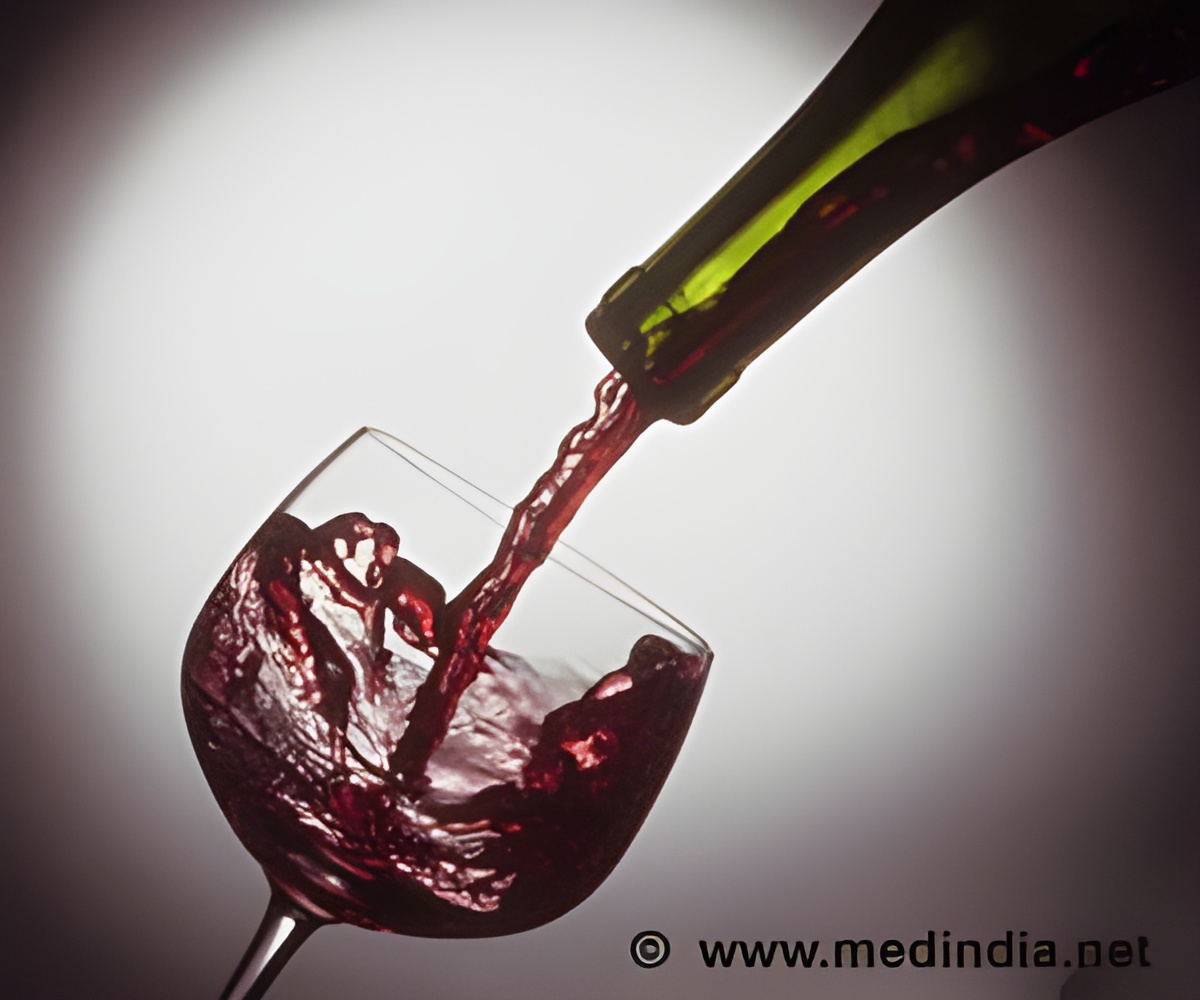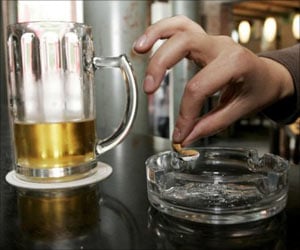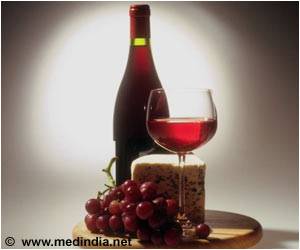The Casale del Giglio estate near Rome is at the cutting edge of Italian winemaking with its acclaimed shiraz and other experimental varietals.

But it has also become known as a window on to Old World viticulture following the discovery, beneath its fields, of important remains of an ancient town that had its own thriving wine trade.
Every summer, a section of the Casale del Giglio vineyard is given over to excavations by a team of Dutch archaeologists.
"In ten years of digging we have uncovered a street that was part of the pre-Roman town of Satricum," said University of Amsterdam researcher Marijke Gnade.
"Under the vines we have also found urns and ceramic wine goblets which show that this place had a wine culture in ancient times."
The researchers have dated the street to the sixth century B.C. They believe it was a "Via Sacra" or "holy way" leading to a famous local temple dedicated to Mater Matuta, the goddess of dawn for both Romans and pre-Romans.
Advertisement
As well as authorising digging on land they could be using to produce grapes, the Santarelli family have helped to finance a project jointly organised by local authorities and the University of Amsterdam.
Advertisement
The archaeological discoveries prompted the family to adopt the name "Mater Matuta" for their top wine, a blend of shiraz and petit verdot, a late-ripening French varietal traditionally used to add structure to fruit-led wines.
The estate also produces pure shiraz, petit verdot, merlot, tempranillo and cabernet sauvignon varietals -- all chunky reds -- as well as chardonnay and sauvignon blanc, a late-harvest dessert wine and a range of grappas.
The hilly area to the southeast of Rome, where popes and the city's well-to-do often took refuge from the summer heat, has long been a centre of white wine production, most notably of Frascati, still one of Italy's best known wine brands internationally even if it has fallen out of fashion in recent years.
Casale del Giglio is not far from there but in altogether different landscape, the estate being located on a coastal plain known as the Agro Pontino.
Ancient Rome may have sourced wine from there, but that was not an option as recently as the early 20th Century, when the area was notorious as uncultivated swampy marshland that was infested with malaria-bearing mosquitoes.
Italy's then-dictator Benito Mussolini made the region ready for agriculture by draining the swamps in the 1930s. But they were reflooded by retreating German forces during World War II and it was not until after the war, when US forces carried out a major programme of spraying with the insecticide DDT, that the scourge of malaria was finally defeated.
- Perfect conditions -
The Santarellis, olive oil and wine merchants originally from Amatrice in the mountains east of Rome, arrived in 1967.
Around the same time, the flourishing oil and wine business was sold, leaving its founder Dino Santarelli in the position of being a pioneer with deep pockets as he set out to demonstrate that the area could emulate the success of Bordeaux and other wine regions around the world where cooling maritime breezes help to slow the ripening process and add complexity to the final product.
"From the mid-1980s on we started a major programme of experimentation with our oenologist Paolo Tiefenthaler and other experts who have planted more than 60 different varieties," said Antonio Santarelli, Dino's son and the current owner.
"We had no idea what was going to work and some of the results have been surprising."
"Against all our expectations, the shiraz and petit verdot have thrived: the conditions here seem to be virtually perfect for them."
Elise Rialland, who is in charge of the estate's export sales, added: "It was not just us who benefited. A lot of smaller producers in the area have started to try and grow chardonnay or viognier having seen how well they worked for us."
Source-AFP










